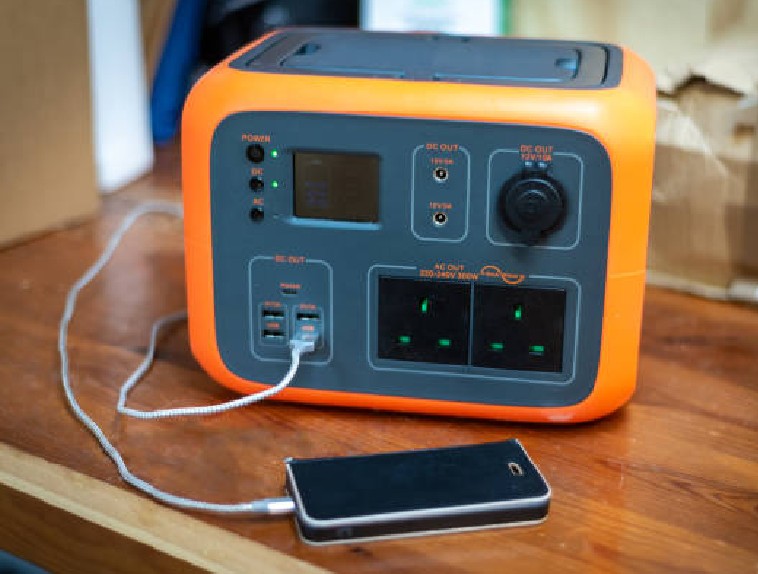Have you ever been at a business function or social gathering when someone you have been introduced to asked, “What do you do?” or “Where do you work?” When posed with that question my response is that I work for a non-profit organization, the International Association of Electrical Inspectors. The follow-up question often is, “What does the association do?” Simple question, right? — Wrong! It is no surprise that those outside the electrical industry have never heard of IAEI, so it can be difficult to explain the things that IAEI does to promote electrical safety and how we impact day-to-day lives. Either the person’s eyes gloss over or they make a quick exit toward the buffet table.
So my initial response is that one of our key objectives is being involved in the development of electrical codes that protect persons and property from fire and shock hazards. In order to make that relevant to their lives, I talk about GFCIs, AFCIs and tamper-resistance receptacles. These are things to which non-electrical people can relate.
However, for those involved in the electrical industry we are fully aware that IAEI has a much larger mandate—providing premier education, certification of inspectors, advocacy, and forging partnerships.
So let me expand on one of those key IAEI objectives—our role in the code development process. Both the National Electrical Code (NEC) and the Canadian Electrical Code (CEC) are updated every three years. During the code development process, individuals or organizations can submit proposals or public inputs that will either add, revise or delete requirements in the codes. Both Canadian Standards Association (CSA) and National Fire Protection Association (NFPA) have formal processes in place to review submittals and decide which will be approved to be included in their next edition.
IAEI’s involvement takes place in both the submittal and also during the code development stages. In the case of the NEC, there are 19 Code-Making Panels. IAEI has 38 members, a principal and an alternate, that sit on each one of these code-making panels. In addition, we have two (2) members on the Code Correlating Committee. The CEC consists of 42 code sections; IAEI has a member on each one of these code sections at sub-committee levels. We also hold two (2) positions on the CEC Part 1 Committee. One is a voting position, the other a non-voting associate position. Our voting representative also holds the position of vice-chair of the CSA Part 1 committee.
These individuals spend countless volunteer hours in reviewing the proposals and public inputs, attending conference calls, and participating in meetings. They give freely of their time, not only participating on these committees but also providing education by conducting training presentations or participating on a code panel during our Section, Chapter and Division meetings.
Over the past three years, CSA Part 1 committee has reviewed in excess of 316 proposals in which 208 have been approved for the 2015 Edition of the Canadian Electrical Code, Part 1 Safety Standard for Electrical Installations. The NEC Public Input first draft meeting was held in January 2015; over a two-week period, the code-making panel members reviewed over 3996 Public Inputs for consideration.
IAEI’s investment in the code-making process is only one of our key objectives in ensuring our communities are safe from fire and shock hazards.
So when I’m asked, “What does IAEI do?” I am proud to say…
….we save lives!
David Clements is CEO/Executive Director of IAEI
Follow Dave on Twitter@DavidEClements







![Figure 1 – [Twist-on connectors specifically designed for copper-clad aluminum splicing. Image Credit: IDEAL Electrical]](https://iaeimagazine.org/wp-content/uploads/2025/08/Fig1_CCATwister.png)


Find Us on Socials